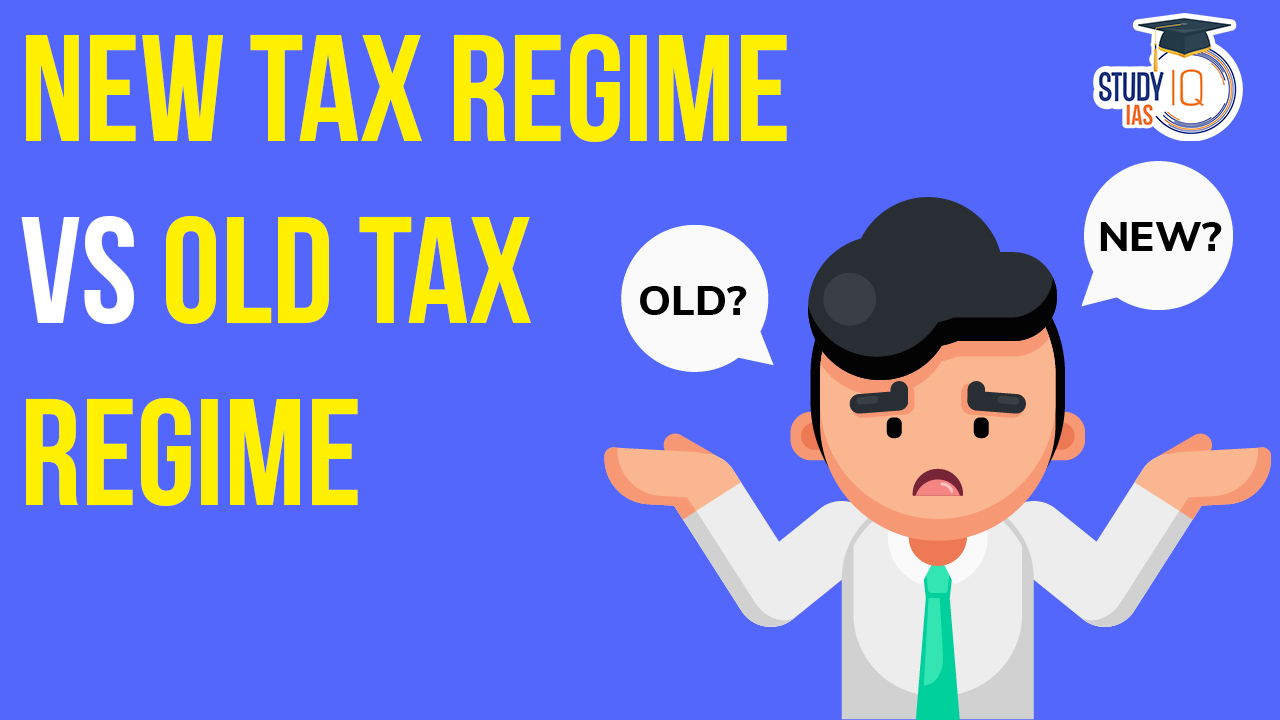Table of Contents
Under the Union Budget 2025, Finance Minister Nirmala Sitharaman has initiated significant changes in the tax structure, especially regarding the New Tax Regime for Assessment Year 2025-26. The changes are aimed at simplifying tax filing for the taxpayer, to benefit the middle class, and to ensure the tax is more progressive. Let’s move further to discuss the prime features of the new tax regime and the benefits through comparison with Old Tax Regime.
Key Highlights of the New Tax Regime for AY 2025-26
The Union Budget 2025 has introduced significant reforms in income tax slabs, TDS limit changes, and tax computation under the Concessional Tax Regime (CTR). These changes aim to reduce the tax burden on middle-class taxpayers and simplify tax compliance. Here’s a detailed breakdown of the latest tax slab revisions, a tax calculator for 2025, and changes in TDS (Tax Deducted at Source) limits.
Income Tax Slabs in Union Budget 2025
The India income tax slabs 2025 under the revised Concessional Tax Regime (CTR) are as follows:
| Taxable Income (INR) | New Rate (%) |
|---|---|
| Up to 4,00,000 | NIL |
| 4,00,001 to 8,00,000 | 5% |
| 8,00,001 to 12,00,000 | 10% |
| 12,00,001 to 16,00,000 | 15% |
| 16,00,001 to 20,00,000 | 20% |
| 20,00,001 to 24,00,000 | 25% |
| Above 24,00,000 | 30% |
The surcharge and health & education cess remain unchanged. Additionally, the rebate threshold under CTR has been increased from ₹7 lakh to ₹12 lakh, effectively making income up to ₹12.75 lakh tax-free for salaried individuals after the standard deduction of ₹75,000.
Union Budget Income Tax Calculator 2025
Here’s an approximate calculation of tax savings under the new regime:
| Taxable Income (INR) | Tax Under Old CTR (INR) | Tax Under New CTR (INR) | Tax Savings (INR) |
| 12,00,000 | 83,200 | NIL | 83,200 |
| 15,00,000 | 1,45,600 | 1,09,200 | 36,400 |
| 24,00,000 | 4,26,400 | 3,12,000 | 1,14,400 |
| 60,00,000 | 17,04,560 | 15,78,720 | 1,25,840 |
| 1.50 Crore | 50,11,240 | 48,79,680 | 1,31,560 |
| 2.50 Crore | 93,47,000 | 92,04,000 | 1,43,000 |
TDS Limit Changes in Budget 2025
The Union Budget 2025 has also rationalized TDS (Tax Deducted at Source) and TCS (Tax Collected at Source) provisions to reduce compliance burdens. Here are the key changes:
| Section | Nature of Payment | Current Threshold (INR) | Proposed Threshold (INR) |
| 193 | Interest on securities (debentures) | 5,000 | 10,000 |
| 194 | Dividend for individual shareholders | 5,000 | 10,000 |
| 194A | Interest from banks, post offices (senior citizens) | 50,000 | 1,00,000 |
| 194A | Interest from banks, post offices (others) | 40,000 | 50,000 |
| 194A | Other cases of interest | 5,000 | 10,000 |
| 194-I | Rent | 2.4 lakh per year | 50,000 per month |
TCS Limit Updates
- The Liberalised Remittance Scheme (LRS) threshold for TCS has been raised from ₹7 lakh to ₹10 lakh.
- TCS on education-related remittances using loans has been removed.
Overview of New Tax Regime and Old Tax Regime
New Tax Regime
- The new tax regime was introduced in April 2023 to simplify the tax structure and reduce tax rates.
- The basic income exemption limit set at Rs 3 lakh for all taxpayers.
- Offers more income tax slabs with lower tax rates compared to the old regime.
- Standard deduction of Rs 50,000 from salary/pension income available.
- Allows deduction for employer’s contribution to NPS account up to 10% of salary (14% for government employees).
Old Tax Regime
- Traditional tax regimes existed before the introduction of the new regime.
- Allows taxpayers to claim various deductions and exemptions from gross total income to reduce taxable income.
- Offers deductions under sections such as 80C, 80D, 80E, and others for investments, insurance premiums, and loan interest payments.
New Tax Regime vs Old Tax Regime: Comparative Analysis
| New Tax Regime | Old Tax Regime | |
|---|---|---|
| Introduction | Introduced in April 2023 | Traditional tax regime existing prior to the new regime |
| Basic Income Exemption Limit | Rs 3 lakh for all taxpayers | Varies depending on taxpayer category and deductions |
| Tax Rates and Slabs | More income tax slabs with lower rates | Fewer slabs with comparatively higher rates |
| Standard Deduction | Rs 50,000 from salary/pension income | Available, but limited to specific categories |
| Employer’s NPS Contribution | Up to 10% of salary (14% for government employees) | Deductions available for employer’s NPS contribution |
| Deductions Available | Limited to standard deduction and employer’s NPS contribution | Wide range of deductions under various sections (80C, 80D, etc.) |
| Flexibility vs. Simplicity | Simplified structure with fewer deductions | Offers flexibility with multiple deductions |
| Tax Planning Strategies | Requires careful planning due to limited deductions | Offers more options for tax planning and optimization |
| Long-term Financial Goals | May be suitable for individuals seeking simplicity | Beneficial for those prioritizing tax savings through deductions |
| Considerations | Individual income level, eligibility for deductions | Long-term financial goals, tax planning objectives |
Tax Rates and Slabs
- New regime offers lower tax rates across multiple income slabs compared to the old regime.
- However, availability of deductions under the old regime can sometimes result in lower tax liability for certain taxpayers.
Deductions and Exemptions
- Old regime provides a wide range of deductions and exemptions, including those under sections 80C, 80D, and 80E.
- New regime limits deductions to a standard deduction of Rs 50,000 and employer’s NPS contribution.
Flexibility vs. Simplicity
- Old regime offers flexibility with multiple deductions, allowing taxpayers to tailor their tax planning strategies.
- New regime offers simplicity with fewer deductions, making tax compliance easier for some taxpayers.
Considerations for Taxpayers
- Income Level: Tax liability under each regime varies based on the taxpayer’s income level and the amount of deductions claimed.
- Deduction Eligibility: Taxpayers must evaluate their eligibility for deductions and exemptions available under both regimes.
- Long-term Financial Goals: Taxpayers should consider their long-term financial goals and tax planning objectives when choosing between the regimes.
How to Choose Between Old and New Tax Slabs?
To decide between the two regimes:
- Calculate your total eligible deductions and exemptions under the old regime.
- Compare your tax liability under both regimes.
- Choose the regime with the lower tax liability.
- Inform your employer of your choice for the appropriate TDS deduction.
Consider any losses from house property, capital gains, or business and profession when making your decision.
Conclusion
The choice between the old and new tax regimes depends on individual financial situations. The old regime encourages savings through various exemptions and deductions, while the new regime offers simplicity and lower rates. Evaluate your personal deductions and exemptions to determine the best fit for your tax situation.


 Dynamic Pricing: What It Is and Why It's...
Dynamic Pricing: What It Is and Why It's...
 Index of Industrial Production 2025, For...
Index of Industrial Production 2025, For...





















